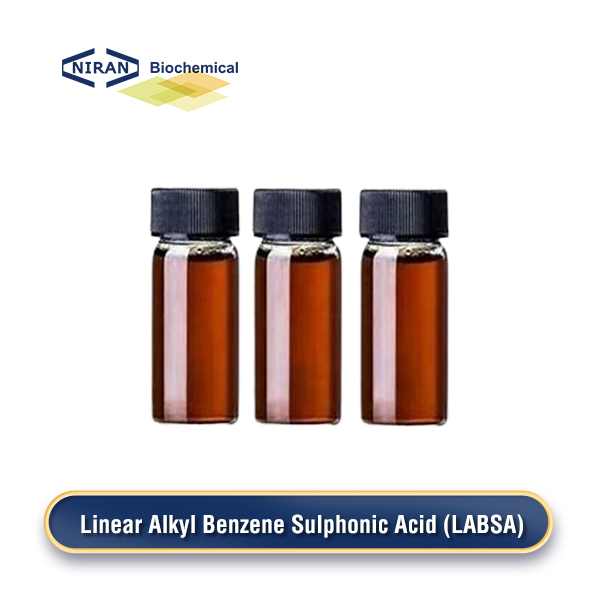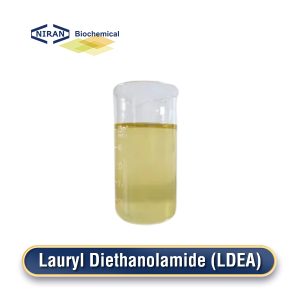Linear Alkyl Benzene Sulphonic Acid / LABSA
- CAS Number: 27176-87-0
- Chemical Formula: C14H29SO3H
- MOQ: 1000KG
- Shelf Life: 2 years
- Synonyms: N-Dodecylbenzenesulfonic acid, Dodecylbenzene sulfonic acid
Product Description
What Is Linear Alkyl Benzene Sulphonic Acid?
An anionic surfactant called linear alkyl benzoene sulphonic acid (LABSA) is frequently found in industrial and domestic cleaning solutions. Using sulfur trioxide (SO3) or oleum as the sulfonating agent, linear alkyl benzene (LAB) is sulfonated to create it. The process involves the reaction of LAB with sulfur trioxide to form a sulfonic acid group (-SO3H) attached to the benzene ring.
- Alkylation: Benzene reacts with a long-chain alkene (such as dodecyl or tetradecyl) in the presence of a catalyst to form linear alkyl benzene.
- Sulfonation: The linear alkyl benzene is then reacted with oleum or sulfur trioxide, producing LABSA.
- Neutralization: Sodium linear alkyl benzene sulfonate (LABS) is created when sodium hydroxide (NaOH) neutralizes the sulfonic acid.
Related Parameters:
| Items | Standard |
| Appearance(25°C) | Brown viscous liquid |
| Active matter,% ≥ | 96 |
| Sulfuric acid,% ≤ | 1.5 |
| Content of free oil,% ≤ | 2 |
| color,Klett(5%water solution)≤ | 35 |
Recommended Dosage of Linear Alkyl Benzene Sulphonic Acid:
| Applications | Dosage |
| Household detergents | 12%-30% |
| Industrial cleaning products | 15%-25% |
| Carpet and floor cleaners | 10%-20% |
| Textile processing | 8%-15% |
| Oilfield applications | 5%-12% |
Linear Alkyl Benzene Sulphonic Acid Has Wide Range of Uses:
1. Household and Industrial Detergents
LABSA is widely used in the formulation of laundry detergents, dishwashing liquids, and multi-surface household cleaners. It acts as an anionic surfactant, providing excellent foaming, emulsifying, and soil-removal properties. Typical concentrations range from 12%-30% depending on the product’s intended use.
2. Personal Care Products
In personal care products, LABSA is frequently found in face cleansers, body washes, and shampoos. While keeping its good foaming qualities, it aids in cleansing and removing pollutants, oil, and dirt from the skin and hair. The concentration typically ranges from 5%-15%.
3. Textile Industry
LABSA is used in textile processing for scouring, wetting, and degreasing purposes. It helps to remove oils, waxes, and dirt from fabrics, improving the efficiency of subsequent processes like dyeing and finishing. Concentration in this application is usually around 8%-15%.
4. Oilfield Applications
In the oilfield industry, LABSA serves as a surfactant in drilling muds and oil recovery processes. It helps in emulsifying oils and improving the flow properties of the fluid systems. Typical concentrations in this sector range from 5%-12%.
5. Agriculture
On occasion, LABSA is added as a surfactant to insecticides and herbicides in agricultural formulations. It helps improve the spreading and penetration of the active ingredients. The concentration in this field is usually between 5%-10%.
User Asked Question:
Q: What distinguishes sulphonic acid from labsa?
A: Sulfonation is the procedure used to manufacture sulfonic acid (LABSA), a synthetic chemical, on a large scale. A popular sulfonating agent is sulfur trioxide.



-300x300.jpg)